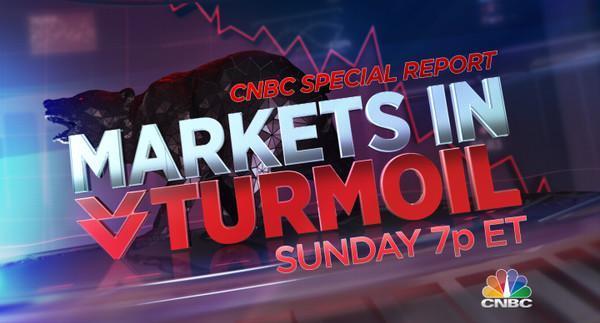Market Volatility: Keep Your Eye on the Owner, Not the Dog : February 11, 2018

Following more than a year of steady gains for stocks, investors have begun to show signs of nervousness. Stocks around the globe tumbled last week, extending a selloff that began the week prior.
- The S&P 500 fell more than 10% from its high in January, which officially put the U.S. stock market in correction territory. The last time this happened was in August 2015.
- The Dow Jones Industrial Average suffered its first-ever 1000 point loss on Monday. But this record is a function of the Dow’s size, which is the largest it’s ever been. In percentage terms, it fell 4.6%, something it also did in 2011.
- Stocks outside the U.S. followed these declines.
There are three popular explanations of what contributed to the selloff.
- The stock market had simply gotten ahead of itself. By most accounts stocks have gotten expensive, and pullbacks are inevitable. In 2017 the stock market returned over 21%, while corporate earnings – a fundamental driver of stock market performance -- had been growing at less than half that rate. Stocks have also been rising with unusually low volatility. In 20017, the stock market set records for the longest rally without a 3% pullback, and the only year ever that returns were positive in every month.
- What’s good for the economy isn’t always good for the markets. Improved economic prospects since the financial crisis in 2008 have caused the Federal Reserve and other central banks to start removing some of the supports that helped push stock prices higher over the last decade. A robust jobs report last week fueled hopes that wage growth would improve even further. These higher wages could lead to higher inflation, creating new challenges for the Fed to manage, perhaps prompting it to raise rates more quickly. Higher inflation, higher wage growth, and less corporate investment may mean smaller profits for corporations.
- A new investment product failed, adding fuel to the fire. In recent years, new products have emerged that allow investors to bet on volatility in the stock market. One in particular, called an “inverse volatility” product, is designed to profit in tranquil markets. Investors pumped billions of dollars into these securities over the past year, betting that tranquility in the stock market would continue. When stocks became volatile, not only did these products suffer heavy losses, one imploded, causing enough stress in the market’s plumbing that it shook stock markets.
Remember, sensational headlines get clicks and attract viewers
The way the news media talks about markets can make sell-offs like these seem more dramatic than they are. I roll my eyes each time I see the Dow’s 1,000 point drop referred to as “the worst decline in history!” A 4.6% daily decline is not that uncommon, and for that matter neither are corrections.
Historically, market corrections of at least 10% have occurred about every couple years or so. This is the fifth correction since the current bull market began in 2009. As of right now, this one’s the smallest of the five.
Of the 30 corrections that have happened since 1960, just six have turned into full bear markets, meaning stocks fell 20% or more. That’s not to say this correction can’t turn into something worse. At least this time, unlike in many previous pullbacks, U.S. and global economies look strong, and inflation and interest rates are still comparatively low.
Take the long view
When markets get turbulent, I think of a metaphor used by an investor named Ralph Wagoner, as recalled by author William Bernstein:
"He likens the market to an excitable dog on a very long leash in New York City, darting randomly in every direction. The dog’s owner is walking from Columbus Circle, through Central Park, to the Metropolitan Museum. At any one moment, there is no predicting which way the pooch will lurch. But in the long run, you know he’s heading northeast at an average speed of three miles per hour. What is astonishing is that almost all of the market players, big and small, seem to have their eye on the dog, and not the owner."
Chances are you’ll endure many market corrections and a few bear markets over your investment lifetime. It’s a normal part of investing, and attempting to insulate yourself from turmoil can lead to costly mistakes. Instead, stick with your investment plan, take the long view, and when it comes to the stock market, remember to keep your eye on the owner, not the dog.